Contemplations of the Built World | Notre Dame Cathedral
Listen to the Podcast Episode:
The Cathedral of Notre Dame had its reopening ceremony this past weekend on December 7th and spanned to December 8th. It was a milestone moment in the history of Paris and France. And it was publicized, I had the opportunity to watch the ceremony, a part of the ceremony, on television. And it was, you know, a phenomenal, and really, empowering thing to see the reopening of the cathedral. I had the opportunity to first visit the cathedral in 2013, I believe it was. And this is pre fire which occurred in 2019. So, from when I first saw the cathedral first visited, it had quite a bit of weathering on it. It was in its original condition obviously pre fire, but, when I saw it this past weekend, it looked very different to the stone had been washed. It was bright white. These kinds of blemishes and dark blemishes on the interior stone were - had gone. They did a fantastic job renovating, restoring, cleaning the cathedral and it showed in the, in the opening ceremony. And so I'll go in and talk a little bit about the cathedral. I'll talk about the restoration of it, and I'll talk about the history. And, and then I want to discuss kind of the larger topic about what this cathedral means to Paris and France and, and what that kind of tells me or suggest to me in the broader context of the power of architecture.
So, I'll start out by talking a little bit about the fire that occurred in 2019. When watching the unfortunate events in 2019 kind of play out and the fire taking over the cathedral and collapsing the spire, on TV, you could see the kind of emotional outcry of many of the people of Paris. This was a highly emotional event. Extremely unfortunate, but it did reveal something deeper about the cathedral. It revealed this deep embedment, cultural significance of this physical structure into the culture of Paris. This was clear that this was not just any other building. It was an icon for Paris. It had a place in people's psyches. It had a place in people’s hearts. And when that was threatened or when the consistency and let's say place of that, that building, and its potential continual presence in the lives of Parisians was threatened. We saw a very strong emotional response. Now, the events were unfortunate but think when we look at the silver lining of it, this can tell us more about the power of architecture, how it can be embedded into people's lives and what it means for communities. I don't think we should take that lightly.
I'll talk a little bit about the history of the cathedral. So, the story of Notre Dame begins in the heart of the medieval Paris, on the Île de la Cité. The English translation for that is the island of the city. It’s in the center of Paris; on the Seine River and it's about ¾” of a mile long. The island's been a site for religious activity, since the original, settlement of that Parisii tribe. I think this was even pre-Roman if I'm not mistaken, when the Romans occupied the city, it became a center of religious activity for them. They constructed the Temple of Jupiter, in that location. In the Christian era, the island saw the establishment of Paris's first Christian church, which was built on the top of the old Roman temple. And, it was dedicated to the Christian martyr, Saint Stephen. So, as we get into the Middle Ages, Paris continued to grow. Character, Maurice de Sully, he was a bishop of Paris at the time, ascended his position in 1160 and he proposed building a new cathedral on the island. He envisioned a grand, magnificent church.
And, he was drawing inspiration from several other newly constructed Gothic cathedrals, around Paris, mainly, Saint-Denis, which is widely considered one of the first Gothic cathedrals to be built. So, although Sully wanted to build the new cathedral to reinvigorate faith in his community, I think he was also, relatively ambitious person and there was some self-interest there. He had gone to school with the future King Louis the VII and became good friends with him. He developed a reputation for his impactful sermons, and he gained notoriety around the city quickly. He developed a large following and was adorned with support and plenty financial gifts. So, he did begin to kind of, accumulate power. He had connections, the finances, and this church I think, in his mind, would be recorded in history as, you know, a testament to his ambition.
Around this time, Paris's economy was thriving. So, wool, wheat and wine traders stimulated the economy in the markets, which also helped to provide additional financial resources, for the church, schools and universities were being formed and people from all over Europe came to Paris specifically for better education. This was a kind of a trend at the time, Paris was a hub for knowledge, education, a growing intellectual community. The young student population fostered this new energy and brought that into the city. And Paris was definitely in this kind of season of growth and prosperity at the time that the at the cathedral building, and planning for it, was stewing.
Construction of the cathedral began in 1163, and Sully oversaw the initial stages, until he passed in 1196. His commitment to the project laid the groundwork for the structure and it would take nearly two centuries to complete and finalize the building. Over those years, numerous architects and craftsmen contributed to the cathedral's construction. They all kind of added their own innovations and left their own mark on its evolving design. So, this was not a building that was, really, tightly pre-designed at the beginning. Although there are some suggestions that because construction progressed very rapidly in those early stages, there had to be some design for it. We don't quite know or have record of what that was to my understanding. It was more a, an evolving process rather than a kind of prescriptive set of plans, that were carried out by one single architect.
I'll talk a little bit about the architecture and structure and construction of the building, starting with its foundation. So, the foundations of the cathedral were probably one of the most challenging tasks to accomplish, because it's so close to the river, the foundations needed to be extremely deep. They needed to go down below the water line of the river to stabilize the church. So, laborers dug nearly 30ft down into the earth below the island's waterline to set the foundation stones. In the early years of the cathedral's construction, surprisingly, there was no or little record of the first master builders and architects to oversee the project for about the first 87 - 90 years of its construction. Based on the rate and progress that construction was executed in during those first years. It led us to believe that there was some sort of prescriptive set of plans, documents, initial design that was approved and carried out, however, we just don't have record of that.
One of the most notable features architectural features of a cathedral is its flying buttresses. That was relatively groundbreaking and innovative for the time and, today it's one of its kind of iconic hallmark characteristics. So, the flying buttresses are external supports that were erected, outside of the building's footprint to help stabilize the pressure, the downward pressure and gravity of the roof, and also to allow the window openings in the cathedral to be to span wider, to be larger. In order to do this, they couldn't bring the weight of that roof and the weight of the whole structure down straight through the exterior walls. So, they diverted that pressure and that gravity load outside of the building to these kind of legs. So, you can think of the flying buttresses as almost legs, outside of the exterior walls. They diverted the forces down, through the buttresses and down to the ground that allowed the exterior walls of the structure to be lighter, less deep, and have wider openings, which is a feature that, well, previously a more Romanesque building, you would see heavy exterior walls, you know, 10, 12ft in, in depth. And then the openings in these Romanesque, Romanesque churches were very limited because they had to carry the gravity load of the entire structure above.
One of the kind of tenets of Gothic cathedral building is this, allowing additional light into the building light was a very kind of symbolic and important, kind of poetic metaphor concept in, early Christianity. as it is kind of still stands today. And, the idea was to illuminate the interior of this structure, as much as you can. So, allow as much natural light into the structure from the exterior. So that the inside of the cathedral is not dark and kind of damp and, you know, and dreary. It's filled with light. Innovation of the flying buttresses is a, it's a very clear implementation of a kind of philosophical, spiritual tenant or aspiration that these, that the religion and the builders wanted to achieve. So, in doing that, that created the innovation of the flying buttress.
Another notable feature of the cathedral is its rose windows. There are three rose windows in Notre Dame, two of which span 43ft in diameter, and the other one at 39ft in diameter. I mean the colors and the architectural impact that was generated from that innovation is, again, in alignment with, let's call it the spiritual goal of filling the interior space with light. The rose windows were made possible again by the structural innovation of the flying buttresses.
The pointed arch in Notre Dame is used throughout the cathedral. Now, that's different from the old Roman arch, which was a semicircle on top of pillars. The idea of transitioning to the pointed arch was again to allow additional light into the structure. So, with the pointed arch, you can go higher, and you have additional area that allows more light into the interior of the structure as opposed to that old Roman arch. To clarify the pointed the arch comes just as though it says to a bit of a point at the top. So, this whole area above, which would have been an old Roman arch, is an additional surface area that would allow more light to come to the structure.
This was both, an architectural kind of statement. It was the architectural language. But again, it was based heavily in this core concept to enlighten the inside, which had deep metaphorical, cultural, spiritual, roots. So, this was not an arbitrary kind of, you know, artistic to some of artistic formulation of an architectural language. This was a highly intentional, deeply rooted, architectural move which had structural implications, it had it had cultural, spiritual, they were all tied very closely together. This was not an arbitrary move.
In the 19th century, Notre Dame underwent a significant, renovation by Eugène Viollet-le-Duc. At this time, the cathedral had suffered from massive neglect. A lot of damage. It was in bad shape, so it prompted a substantial effort to restore it to its previous glory. The renovation by le-Duc was controversial at the time. However, it did hope to maintain, and I believe it did maintain a lot of the integrity of that original Gothic structure. Le-Duc’s restoration included reconstructing the spire which had been removed in the 18th century and adding gargoyles, that are now synonymous with the cathedral's facade. His work ensured that Notre Dame would to stand as a monument, stand as a monument to the artistic and architectural achievements of the Middle Ages.
Another iconic feature or characteristic of the cathedral is the ribbed vaults, over the nave of the structure. So, if you go into Notre Dame or you've had the privilege of visiting the cathedral, one of the first things you'll kind of sense is the height, the internal height of the cathedral on the inside, down the center nave. The nave is spanned by these beautiful, ribbed vaults. So, masonry vaults above those vaults is, what they call the forest, or they've given it the name of the forest. This is a kind of a -exactly what it says, a forest, this kind of strange organization of large oak timbers to support the roof above the vaults. So, there's a layer of the masonry vaults, there's the forest, which is a bunch of timbers, single timbers, and then the roof above that's supported above that by those timbers. Those timbers we’ll find, as discussed later in the article, were kind of the source of that, the fire in 2019.
On the evening of April 15th, 2019, the world watched in horror as the flames engulfed Notre Dame. The fire at the cathedral began just before 6:43 p.m. local time. When they heard the first alarm, the initial alarm was not followed by any visible signs of the fire. So, it led to a bit of a delayed response time. By the time the second alarm was triggered, the flames had already spread rapidly into that area that we had discussed before, called the forest, which is the large oak timbers in between the rib vaults and the roof. So, teams of firefighters came from all over to help, control and take the fire down at the cathedral. Despite their efforts, the iconic spire, of Notre Dame, which stood at about 93m, about 305ft tall, came crashing down and collapsed around 7:50 p.m., So the fall of the spire was a particularly heartbreaking moment to watch. It symbolized the magnitude of the damage inflicted upon the monument. And that was really the moment when a lot of, kind of you would see the emotion begin to come out and, outcry came out in the people of Paris and around the world.
More than 400 firefighters came to the scene to try to combat the fire. They used high pressure hoses and worked through the night to attempt to bring it under control. Their efforts were complicated by the cathedral's architecture. It made it difficult to access certain areas. It was a, you know, old structure. They didn't know the integrity of it. This was not a typical structure by any means. So, nevertheless, by April 16th, the fire was declared under control. And the main structure of Notre Dame, including its iconic two bell towers, had been preserved and saved. The devastation of the cathedral resonated far beyond France’s and Paris's borders. It sparked an outpouring of support and solidarity worldwide. Millions expressed their sorrow, and they pledged to make donations in an effort to help restore or begin the restoration of the cathedral. Many notable, wealthy French billionaires, offered to contribute large sums of money to help that restoration. As well as other companies. So local companies pledged to help offer their services, materials to assist in the rebuilding of the cathedral. Initially, the goal was set to try to complete the renovation by the Paris Olympics in 2024, this past summer, that deadline was unfortunately missed, but they did finish it December 7th, 2024.
The fire of 2019 elicited a strong and profound response because of the modest permanence, the resiliency and the stability that the building had portrayed in the city of Paris for centuries. It was always there. It was familiar. It was an icon. It was, it represented and gave identity to the city. It was quiet, it was humble, and it was always there for the people, like an elder grandmother sitting in her chair, quietly reading, the people of Paris found a deep sense of familiarity, comfort and identity in her.
This phenomenon validates this thesis and this idea that buildings can be much more than the physical materials of which they are made. They can create their own realities and their own identities in the minds of our culture and in the minds of people beyond just the physical object. I think that's an important concept to try to grasp and to learn from. These events at Notre Dame, this is much more than the physical object of the building. It was, in some ways deeply, deeply embedded into the psyche of a culture. And, many people, throughout the world, if that wasn't the case, or if that phenomenon, was not necessarily true. I don't believe that we would have seen such a strong emotional response to those events. You've seen many buildings burn and unfortunately catch fire, with maybe, you know, minimal emotional reaction. Obviously, people lose property that can be emotional for, for those building owners, patrons of the building, whatever that may be. But to see such a large, widespread. Emotional response from one building really suggests this deep kind of cultural resonance that this building had for the city.
Again, although the events of the 2019 fire were unfortunate, it did spur a sense of unification within Paris that resonated outward. It prompted the community to kind of come together and become more aware of how this work of architecture, how much it meant to the city. And I think that probably catalyzed this idea of, in other cities all over the world, to be grateful for it, to cherish other architectural monuments or those specific architectural monuments in their own cities, and how important those are for our identity, for our culture, for our economies, for the people in those specific areas.
The question I want to ask in regards to this article, is, are the buildings that we're creating today, do they have the capacity to elicit such a strong emotional impairment tie, connection with the people of those cultures where they are built? That's something that I think is worth thinking about on a deep level. Is the product that we as architects, you know, builders, developers, whoever it may be, is the product that we are putting into the world, does it have the capacity to resonate with people on that level? I would argue that a large majority of the buildings that we are putting into the world fall drastically short of having that capacity. Not necessarily that’s, that's that, that is good or bad, but I think it's worth questioning that, understanding it and thinking, okay, if we don't believe that we're adding that type of building into our cultures or into our cities, is it worth, reassessing that and saying, okay, how can we reinject that type of building? What does that look like? How do we connect these buildings on a much deeper level to the cultures so that they mean more to us and perform on a higher level rather than just a functional level of housing, you know, certain functions you know, call it pragmatic uses of, of daily life. And I don't think architecture is doing its best and highest work if it cannot kind of touch people or resonate with people on that highly emotional level.
So, I'd urge anyone who's interested in this topic of the cathedral. There's also some fantastic documentaries, I think Netflix has a great documentary, kind of chronicling and documenting the entire reconstruction restoration process, which is really fascinating. They do a lot of interviews with the, the teams working on the building, the suppliers. It's a, you know, great documentary to get kind of a more intimate look into the reconstruction process. If you'd like to learn more about the restoration history, fire of Notre Dame Cathedral, you can also visit our website at rostarchitects.com and we have images of, the cathedral and we have the write-up available with plenty of photographs from the visit that I did in 2013, pre-fire condition.
Thanks for listening.








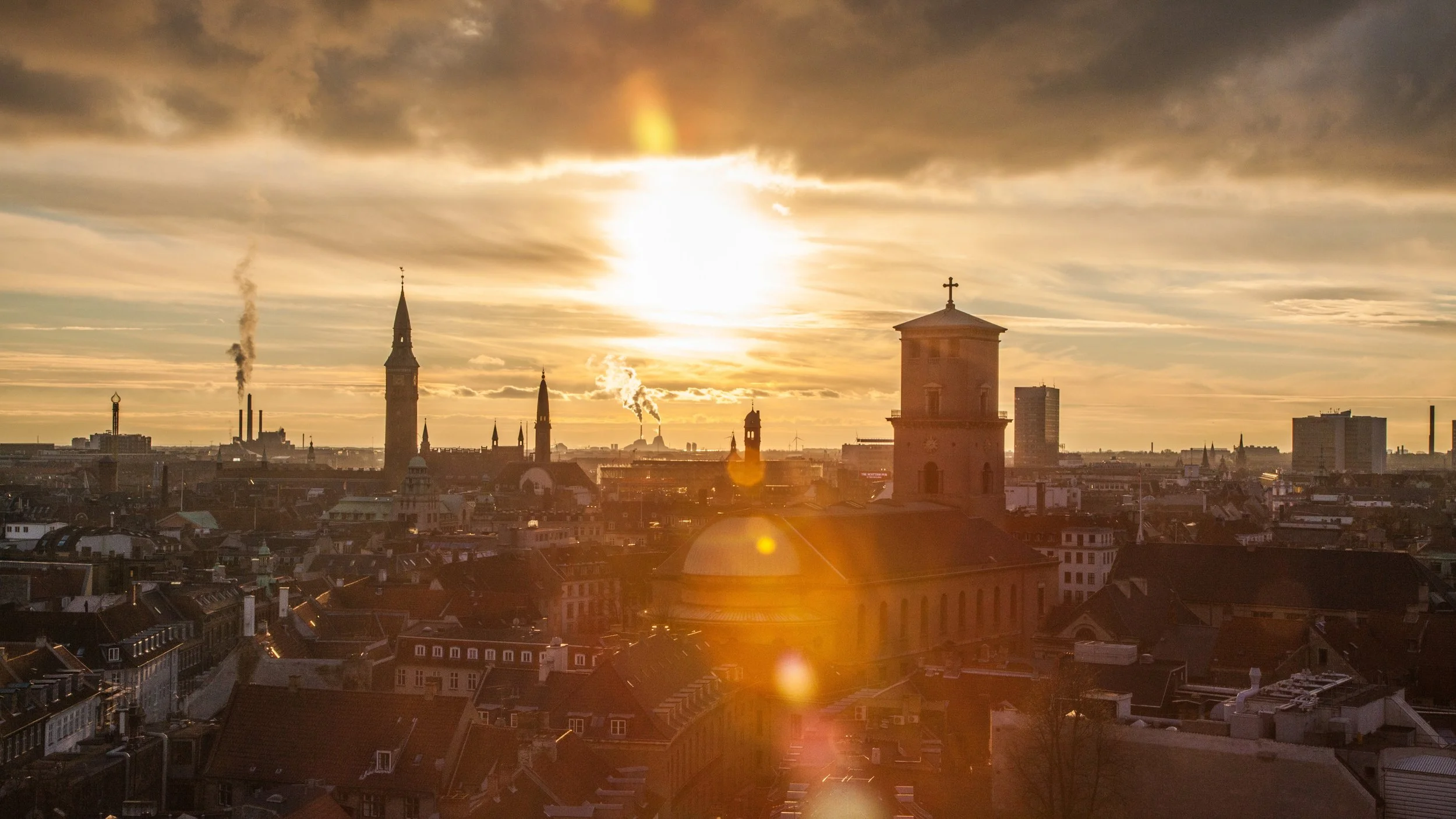



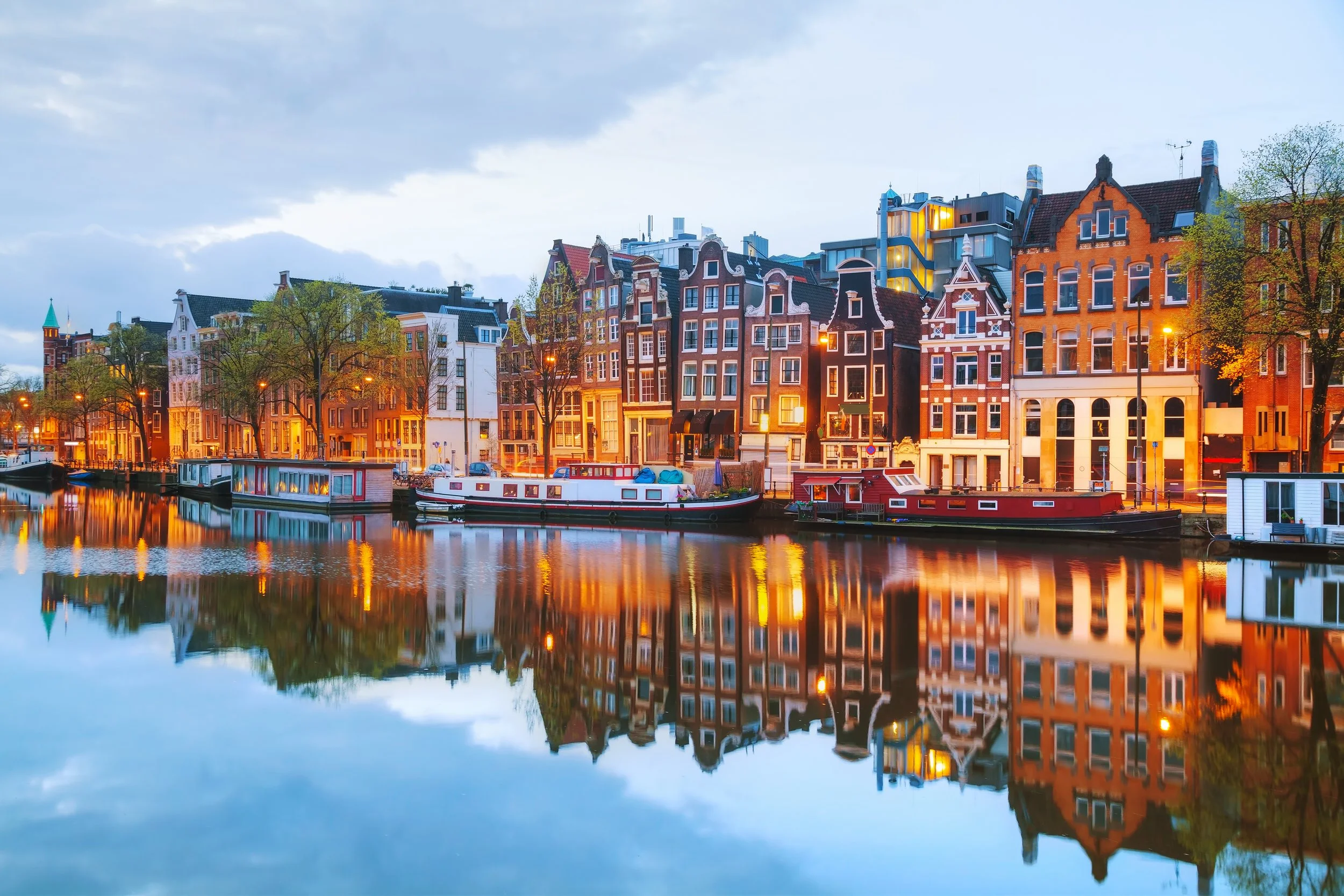
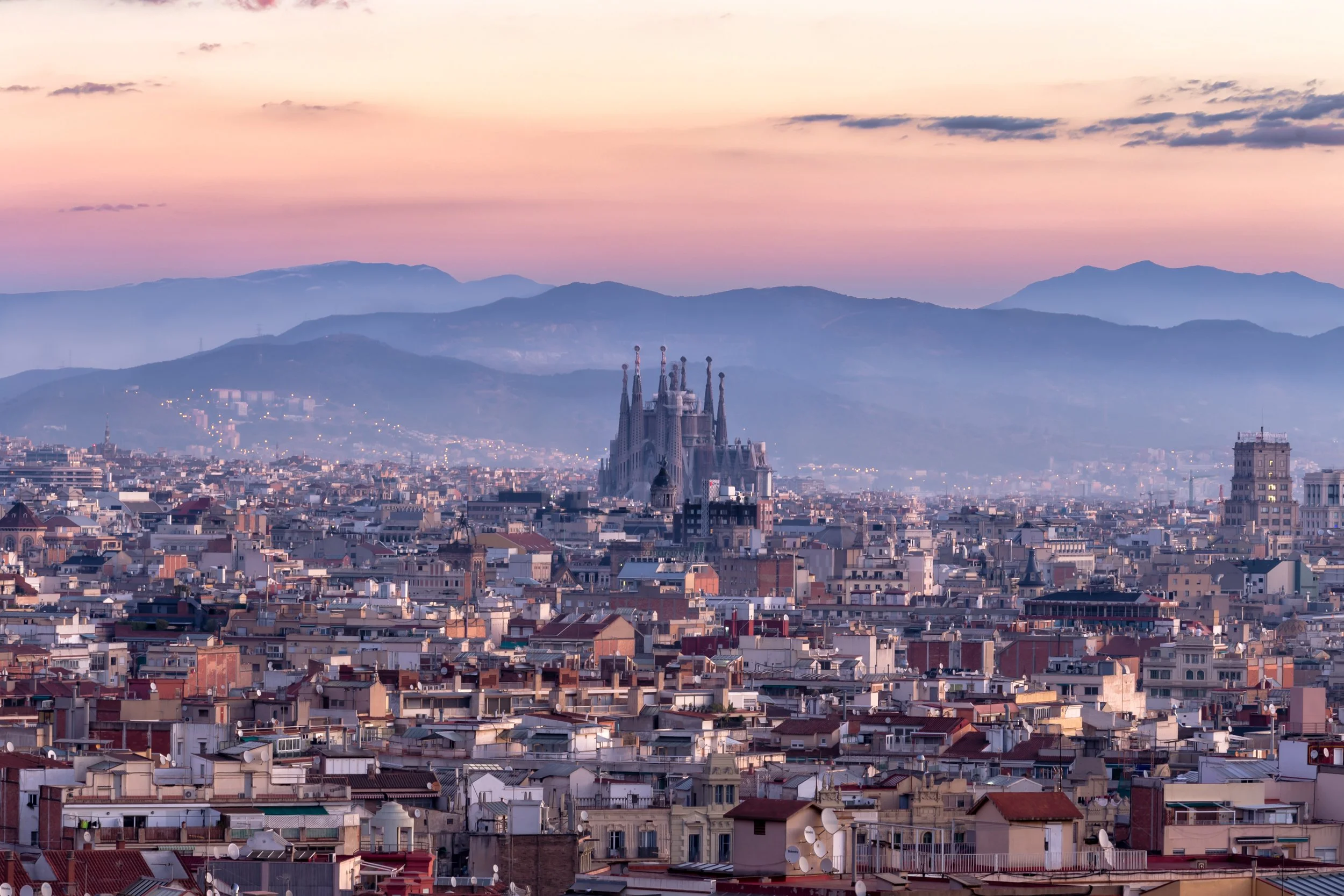
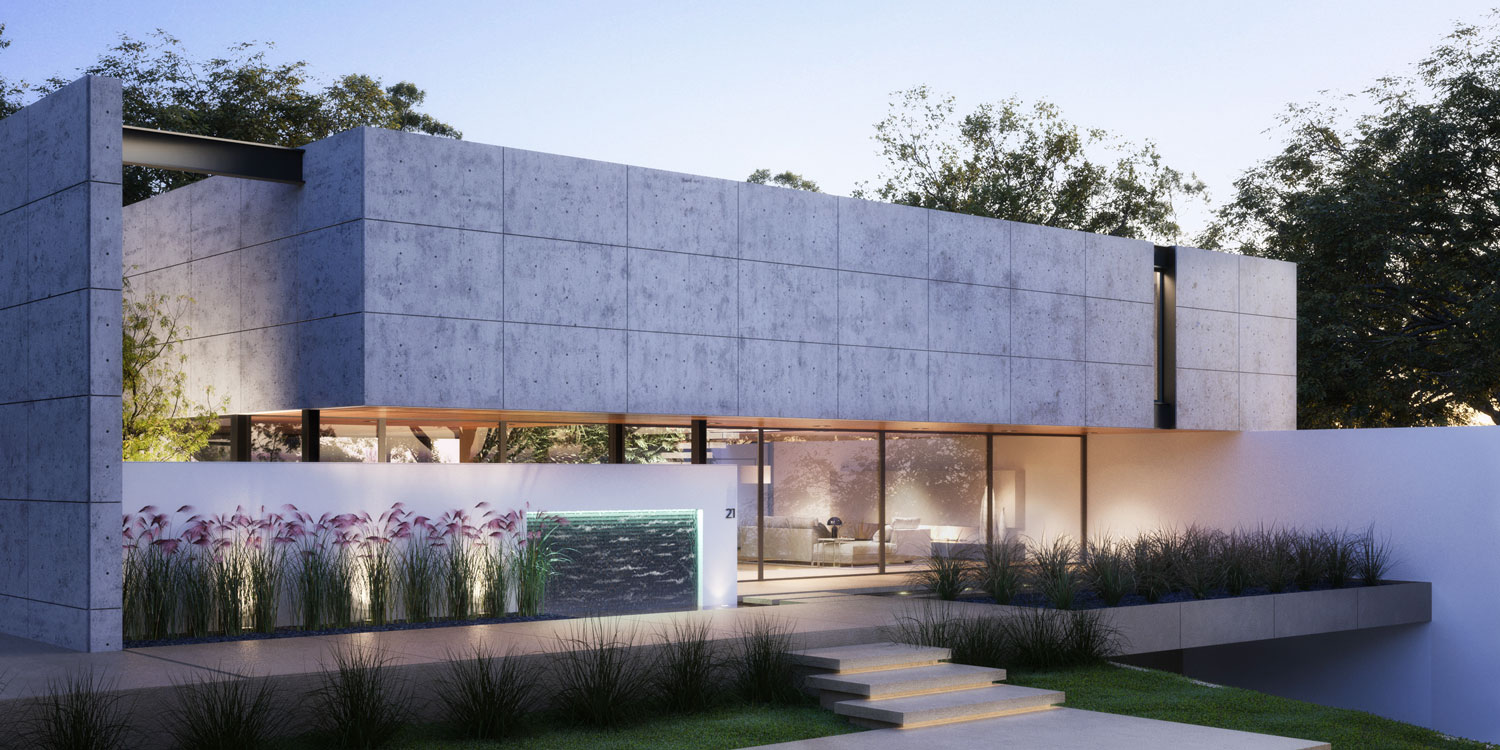

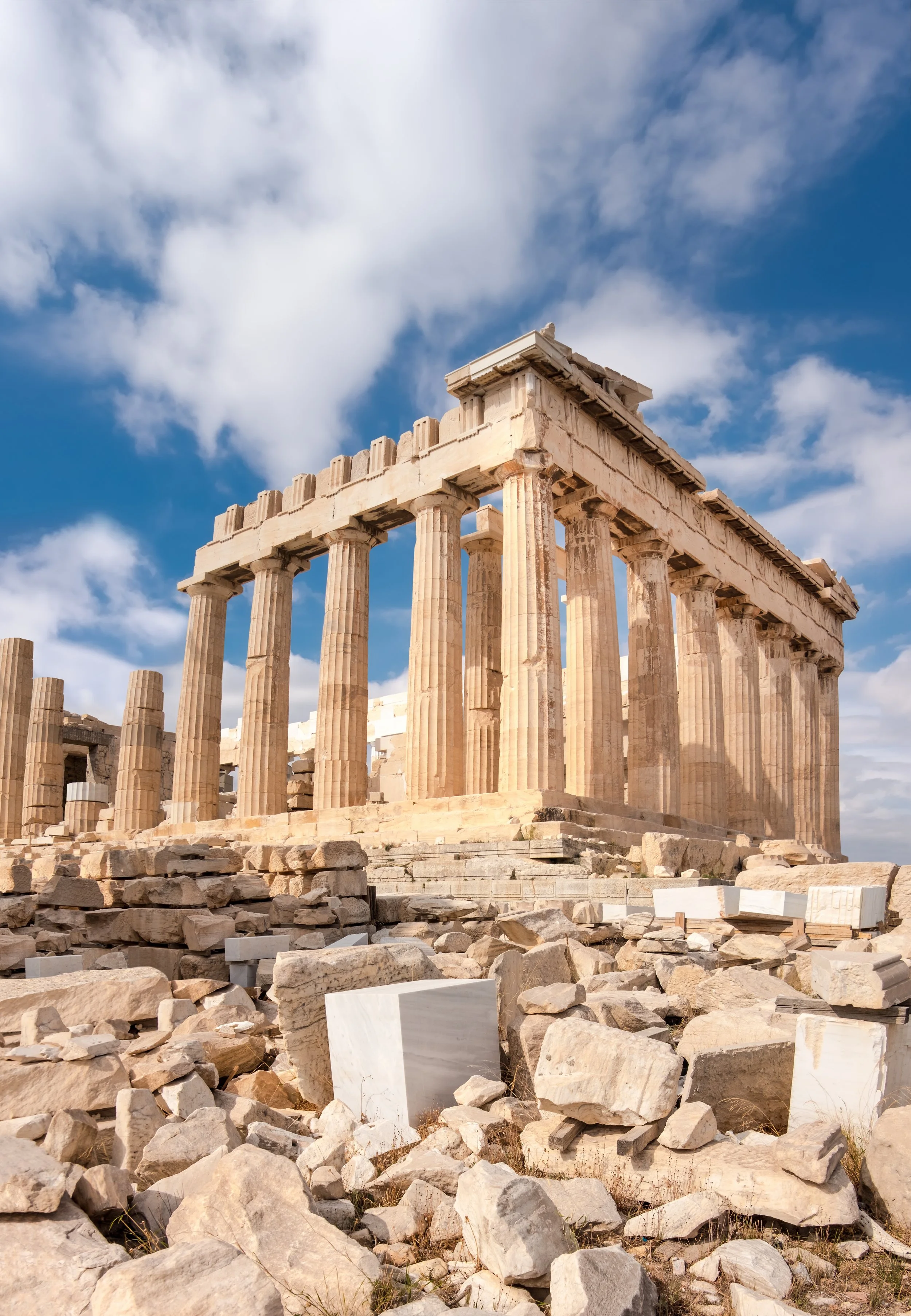





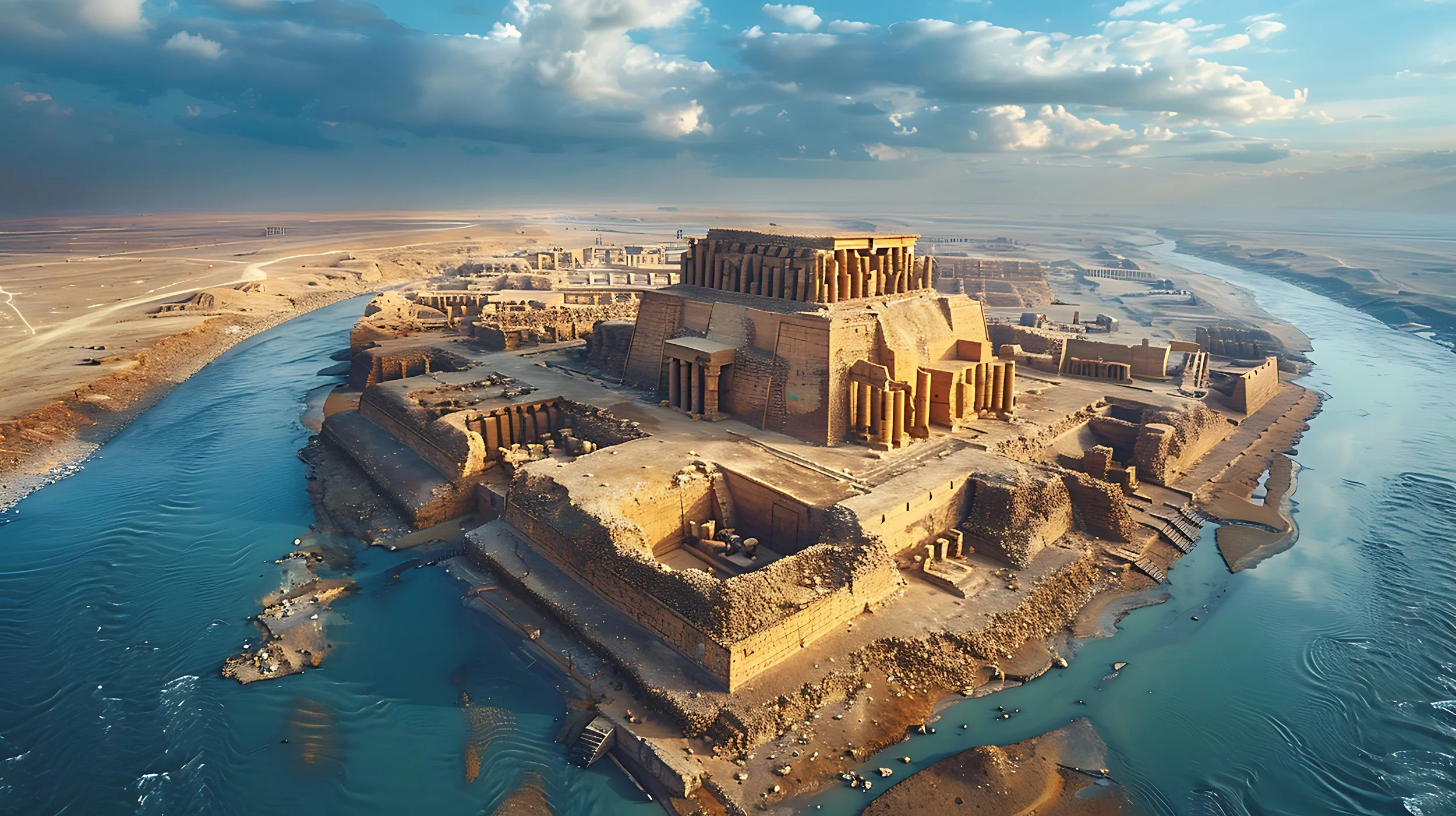








Notre Dame Cathedral had the power to embed itself into more than just the cityscape. It made its way into the hearts of the people of Paris. When the Cathedral was engulfed in flames on April 15th, 2019, we were reminded that the architecture around us impacts our lives beyond functionality. Principal and Architect of ROST Architects, Mitchell Rocheleau, discusses the history, architecture, and the architectural power of Notre Dame Cathedral.